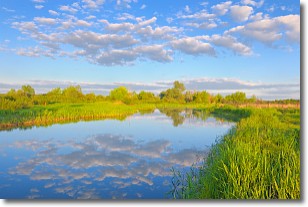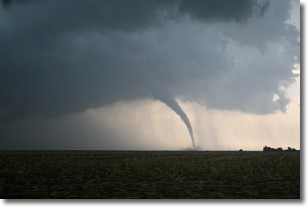Weather Alert in Alaska
Special Weather Statement issued September 5 at 2:00PM AKDT by NWS Anchorage AK
AREAS AFFECTED: Kuskokwim Delta Coast and Nunivak Island
DESCRIPTION: A front from a strong low pressure system in the Bering Sea is impacting the Kuskokwim Delta Coast. Southeast winds continue to increase in strength this afternoon and become strong and gusty by tonight. Winds gusts of up to 50 mph at times are likely in communities along the northern Kuskokwim Bay Coast tonight through Saturday morning before slowly diminishing through Saturday afternoon into Sunday morning. Locations impacted include Kongiganak, Kwigillingok, and Kipnuk. Along with the strong push of southeasterly winds, water levels will also increase with peak water levels occurring late Saturday morning. Water levels are expected to peak at 1 to 2 feet above the normal highest tide line. While significant coastal flooding is not expected, low-lying areas could fill up with water, especially around Kipnuk and Kwigillingok. Higher wave heights are also likely in the coastal waters of the Kuskokwim Delta and near the coast with 5 to 8 foot waves likely. Wave heights will peak Saturday morning and slowly subside through Sunday morning. Higher waves breaking along the coast could cause some localized areas of beach erosion.
INSTRUCTION: N/A
Want more detail? Get the Complete 7 Day and Night Detailed Forecast!
Current U.S. National Radar--Current
The Current National Weather Radar is shown below with a UTC Time (subtract 5 hours from UTC to get Eastern Time).

National Weather Forecast--Current
The Current National Weather Forecast and National Weather Map are shown below.

National Weather Forecast for Tomorrow
Tomorrow National Weather Forecast and Tomorrow National Weather Map are show below.

North America Water Vapor (Moisture)
This map shows recent moisture content over North America. Bright and colored areas show high moisture (ie, clouds); brown indicates very little moisture present; black indicates no moisture.

Weather Topic: What are Stratocumulus Clouds?
Home - Education - Cloud Types - Stratocumulus Clouds
 Next Topic: Stratus Clouds
Next Topic: Stratus Clouds
Stratocumulus clouds are similar to altocumulus clouds in their
fluffy appearance, but have a slightly darker shade due to their additional mass.
A good way to distinguish the two cloud types is to hold your hand out and measure
the size of an individual cloud; if it is the size of your thumb it is generally
an altocumulus cloud, if it is the size of your hand it is generally a
stratocumulus cloud.
It is uncommon for stratocumulus clouds to produce precipitation, but if they do
it is usually a light rain or snow.
Next Topic: Stratus Clouds
Weather Topic: What are Wall Clouds?
Home - Education - Cloud Types - Wall Clouds
 Next Topic: Altocumulus Clouds
Next Topic: Altocumulus Clouds
A wall cloud forms underneath the base of a cumulonimbus cloud,
and can be a hotbed for deadly tornadoes.
Wall clouds are formed by air flowing into the cumulonimbus clouds, which can
result in the wall cloud descending from the base of the cumulonimbus cloud, or
rising fractus clouds which join to the base of the storm cloud as the wall cloud
takes shape.
Wall clouds can be very large, and in the Northern Hemisphere they generally
form at the southern edge of cumulonimbus clouds.
Next Topic: Altocumulus Clouds
Current conditions powered by WeatherAPI.com




